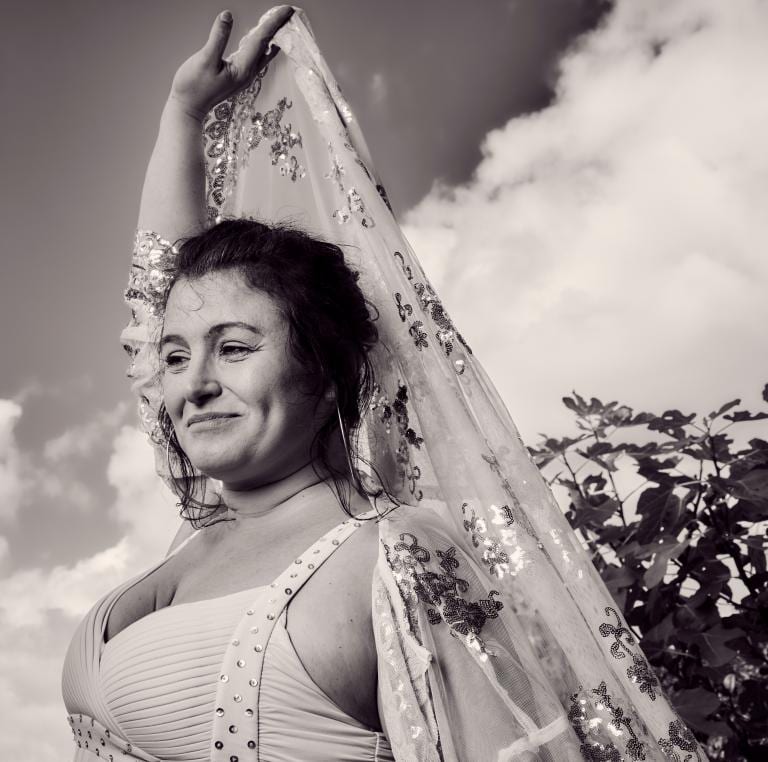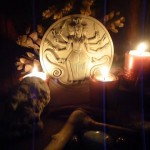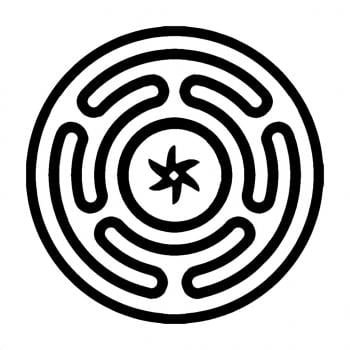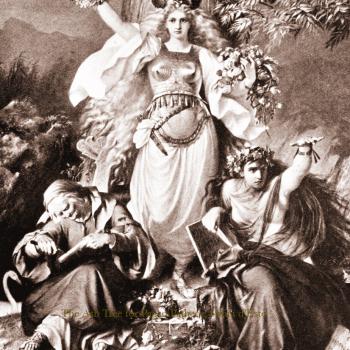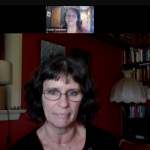It is the Autumn Equinox here in England today – and Light and Dark are not equal.
This short article explores the reasons why there is more light in the day than dark on the Autumn and on the Spring Equinox – and why it is not really accurate to say “light and dark” are in balance. And relax, I also used to say “This is the Autumn/Spring Equinox, a time when Light and Dark is in equal balance” when I was younger and believed what I was taught. I even passed that down to my early students and in some of the work I produced.
Right now I might seem to be a killjoy, a bit of a spoilsport on some kind of dread news mission to some readers with a couple of my recent blogs. But I feel encouraged by the positive feedback I had for my recent article on how Mabon is a God, and not an alternative name for the Autumn Equinox. I believe it is time for us to think a bit more about what we say and claim to believe, to make sure that it is actually the truth in the here and now.

The Equinox’s – both Autumn and Spring, are midpoints between the Solstices and they respectively mark the beginning of Autumn (Northern Hemisphere in September, and Southern Hemisphere in March) and Spring (Northern Hemisphere in March, and Southern Hemisphere in September).
The Equinox falls on the days when the two parts of the world receive equal amounts of the rays of the sun. The word “Equinox” comes from the Latin words Aeguus (equal) and Nox (night). The word has nothing to do with light and dark, or night and day being balanced. At the Equinox the Solar Edge (or terminator) is perpendicular to the equator, so there are equal amounts of night in both hemispheres. The equinoxes have long been important to ancient cultures, some of whom celebrated (and some still do) their new year at the Spring or at the Autumn Equinox.
However, Light and Dark are not in balance at the Equinox, and these are some of the reasons why:
- Your location. Almost everywhere in the world (excluding the polar regions), the sun will rise and set 12 hours apart. However, depending on where you are, the times of sunrise and sunset will vary slightly.
- The Orbital Speed of the Sun. This introduces a 6-8-minute difference.
- The way in which Sunrise and Sunset are determined. If you have watched the sunrise or set you will know it takes a few minutes for the golden disk to appear or disappear. The Sunrise is considered to be when the first bit of light is visible on the horizon, and Sunset when the last bit of the disk vanishes behind the horizon. This also introduces a differential of a few minutes, which would not be there if the sunrise and sunset were determined by the midpoint of the rising or setting sun, or by the moment both start. It will be more equal if you measure it equally!
- The Topography. If you live on a mountain, you will see the sun for longer during any given day, and if you live between four peaks at the bottom of a deep valley, the sunrise and sunset times for your particular location will be shorter as it is blocked from view by the topography of your situation.
- Astronomical Dawn. The technical term for when the Sun is 18 degrees under the horizon, but when the light of the Sun becomes visible at sunrise or remains visible after sunset. This twilight period contributes to the period of light in any given day, which means that there is still more light in a day than there is night – even at the Equinox.
In a nutshell, there is lots more light than dark on the day of the Equinox. It’s a fact. Sometimes, like here in Somerset today, there is more rain than sunshine too. Life is like that sometimes.
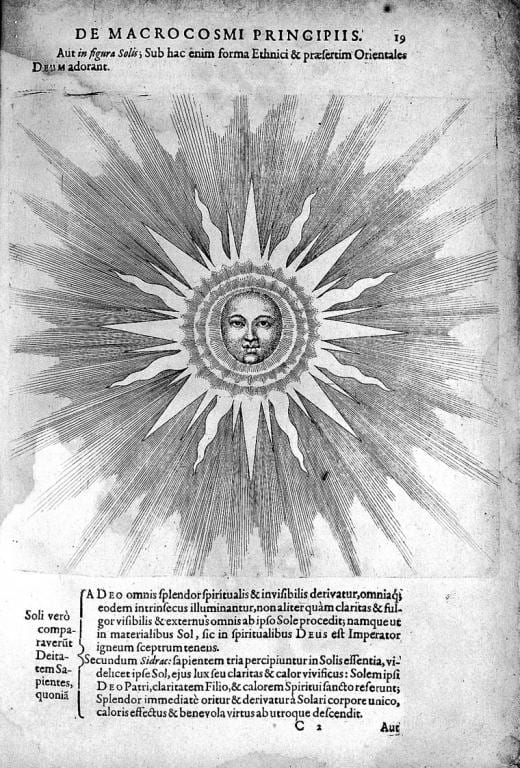
Random fact: Astronomers adapted the modern calendar so that the March Equinox will never all on or after the 22nd of March so that it didn’t interfere with concepts about when the Christian festival of Easter should be! For this reason, the March Equinox can fall as early as the 19th or as late as the 21st. The September Equinox usually falls between the 20th and 23rd of September.

